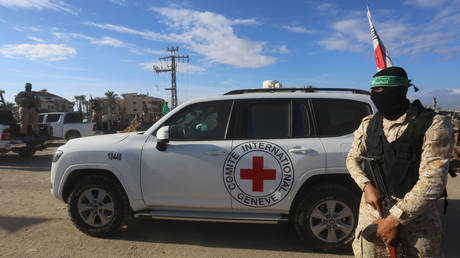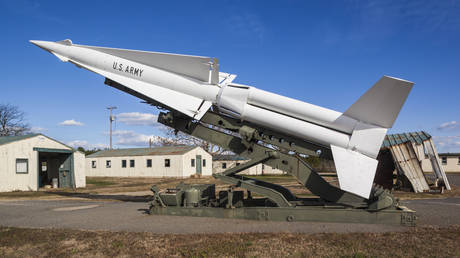ARTICLE AD BOX
Greece's famed tourist island hotspot, Santorini, has witnessed a sudden increase in seismic activity, prompting the authorities to call for an urgent meeting. As per the Climate Crisis and Civil Protection Ministry, monitoring sensors had picked up "mild seismic-volcanic activity" in Santorini's caldera, leading to speculation and concerns, especially given the island's tourism-driven economy and the potential for geological upheaval.
The curved island in the Aegean Sea is located around a flooded volcanic caldera with monitoring stations detecting at least 39 quakes in a single day, mostly magnitude 3.5 or less, as per a report in Live Science.
The island is famous for its historical volcanic activity, particularly the massive Minoan eruption around 1600 BC which is regarded as one of the largest in human history. Between 2011 and 2012, Santorini experienced a similar seismic swarm linked to magma movement beneath the surface, but no eruption ensued.
The most recent eruption in Santorini's history was recorded in 1950, suggesting that the island's volcano remains active but not necessarily on the brink of an eruption.
'No cause of concern'
Reflecting on the recent developments, Efthymios Lekkas, seismologist and head of the scientific monitoring committee for the Hellenic Volcanic Arc, stated on Greece's ERT television that there was no immediate instance where the volcano may erupt.
"What we must realise is that the Santorini volcano produces very large explosions every 20,000 years. It's been 3,000 years since the last explosion, so we have a very long time ahead of us before we face a big explosion," said Mr Lekkas.
"The volcano is a living organism. We will not face a big explosion, but a mild procedure," said Mr Lekkas adding that volcanic activity increases and decreases, and can cause small earthquakes. "
Despite no immediate danger, scientists continue to monitor the situation to understand if there's any indication of magma movement or if it's just part of the usual tectonic activity in the region.
.png)
 3 hours ago
1
3 hours ago
1








 English (US)
English (US)